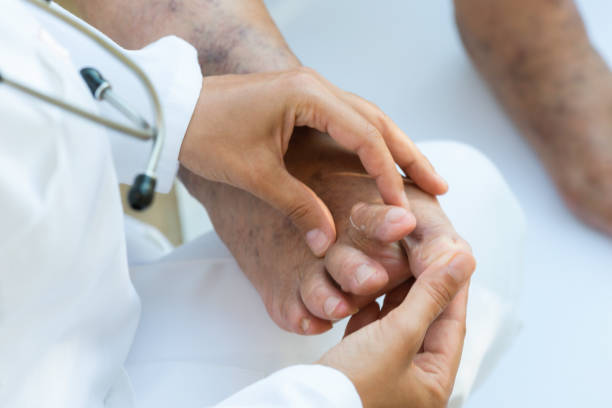
Toe deformities can significantly impact an individual’s quality of life, causing pain, discomfort, and even hindering mobility. From bunions and hammertoes to claw toes and mallet toes, these conditions can arise from various factors, including genetics, improper footwear, injury, or underlying health issues. Fortunately, podiatry offers a range of effective treatments to address these deformities and restore comfort and functionality to the feet. In this article, we delve into common toe deformities, their causes, and how podiatrists can help individuals overcome these challenges.
Understanding Toe Deformities
Toe deformities encompass a spectrum of conditions affecting the structure and alignment of the toes. Bunions, for example, involve a bony protrusion at the base of the big toe, often resulting from tight or ill-fitting shoes, genetic predisposition, or abnormal foot mechanics. Hammertoes, on the other hand, occur when the toe bends downward at the middle joint, causing discomfort and difficulty in finding suitable footwear. Claw toes and mallet toes involve abnormal bending of the smaller toes, leading to pain, corns, and calluses.
Causes of Toe Deformities
Several factors contribute to the development of toe deformities. Genetics plays a significant role, as individuals with a family history of bunions or hammertoes are more likely to experience these conditions themselves. Additionally, wearing tight or narrow shoes can force the toes into unnatural positions, exacerbating deformities over time. High heels, in particular, can increase pressure on the toes and contribute to the development of bunions and hammertoes. Foot injuries, arthritis, and nerve damage are other potential causes of toe deformities.
The Role of Podiatry in Treatment
A podiatrist High Wycombe is a specially trained healthcare professionals who diagnose and treat conditions affecting the feet and ankles, including toe deformities. Upon evaluation, a podiatrist will assess the severity of the deformity, consider the individual’s symptoms and medical history, and formulate a personalized treatment plan. Non-surgical interventions may include:
- Orthotic devices: Custom orthotic inserts can help realign the toes and redistribute pressure, relieving pain and preventing further deformity progression.
- Footwear modifications: Podiatrists may recommend wearing shoes with a wider toe box and adequate arch support to accommodate toe deformities and reduce discomfort.
- Toe exercises: Stretching and strengthening exercises can improve toe flexibility and muscle balance, enhancing overall foot function.
- Padding and taping: Applying pads or tape to the affected toes can alleviate pressure points and reduce friction, minimizing pain and irritation.
In cases where conservative measures fail to provide adequate relief, surgical intervention may be necessary. Podiatric surgical procedures aim to correct the underlying deformity, restore normal toe alignment, and alleviate pain. Depending on the specific condition, surgical options may include bunionectomy, hammertoe correction, or toe joint fusion. A podiatrist Guildford works closely with patients to discuss the potential risks and benefits of surgery and develop a comprehensive post-operative care plan to facilitate recovery.
Preventive Measures
While some toe deformities may be unavoidable due to genetic predisposition or underlying health issues, certain preventive measures can help minimize the risk of developing these conditions. Choosing footwear that fits properly and provides ample room for the toes to move freely is essential. Opting for low-heeled shoes with adequate arch support can help maintain proper foot alignment and reduce pressure on the toes. We recommend that you check out the website www.midlandpodiatry.com.au to learn how you can find the right footwear for your specific foot condition. Regularly performing toe exercises and stretches can also promote foot flexibility and muscle balance, potentially preventing deformities from worsening over time.
Conclusion
Toe deformities can cause significant discomfort and inconvenience, impacting daily activities and overall well-being. However, with the expertise of podiatrists and a comprehensive approach to treatment, individuals can overcome these challenges and regain comfort and functionality in their feet. Whether through conservative measures or surgical intervention, podiatry offers effective solutions to address toe deformities and improve the quality of life for patients of all ages. By taking proactive steps to understand the causes of toe deformities and seeking timely intervention from qualified healthcare professionals, individuals can confidently toe the line toward better foot health and mobility.





